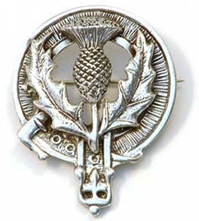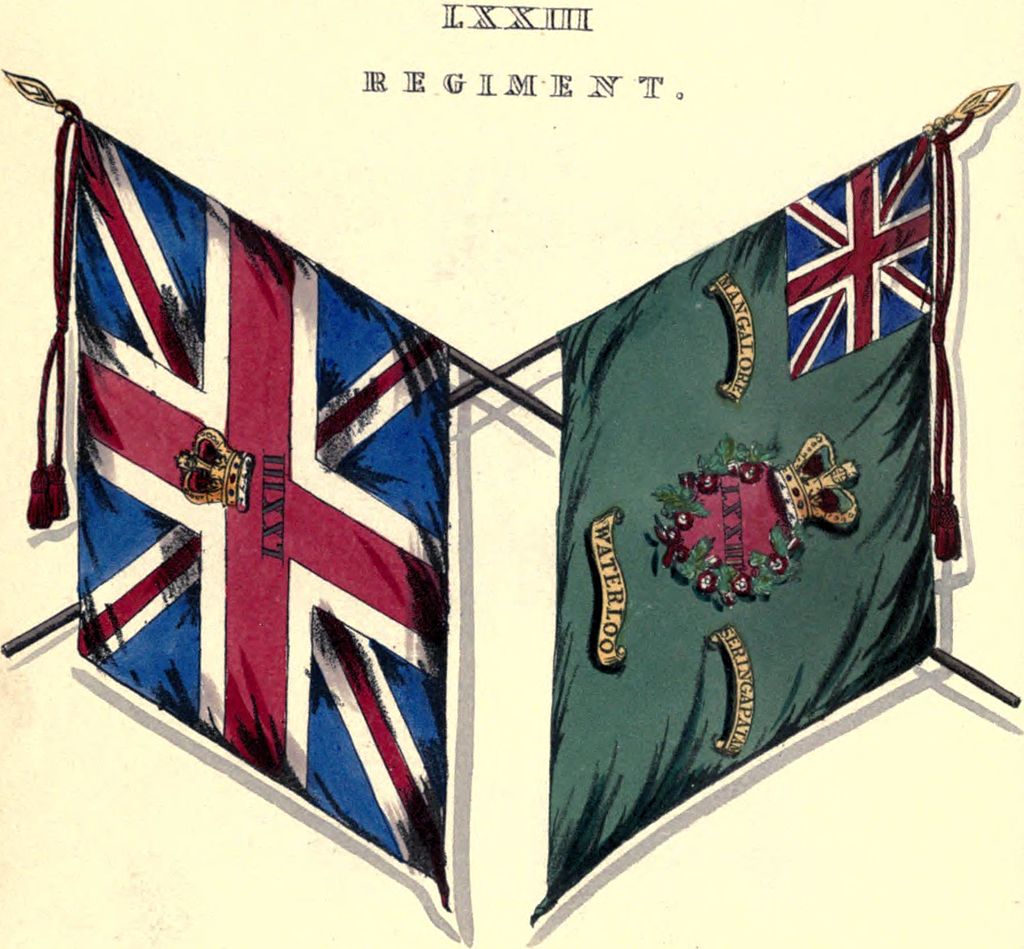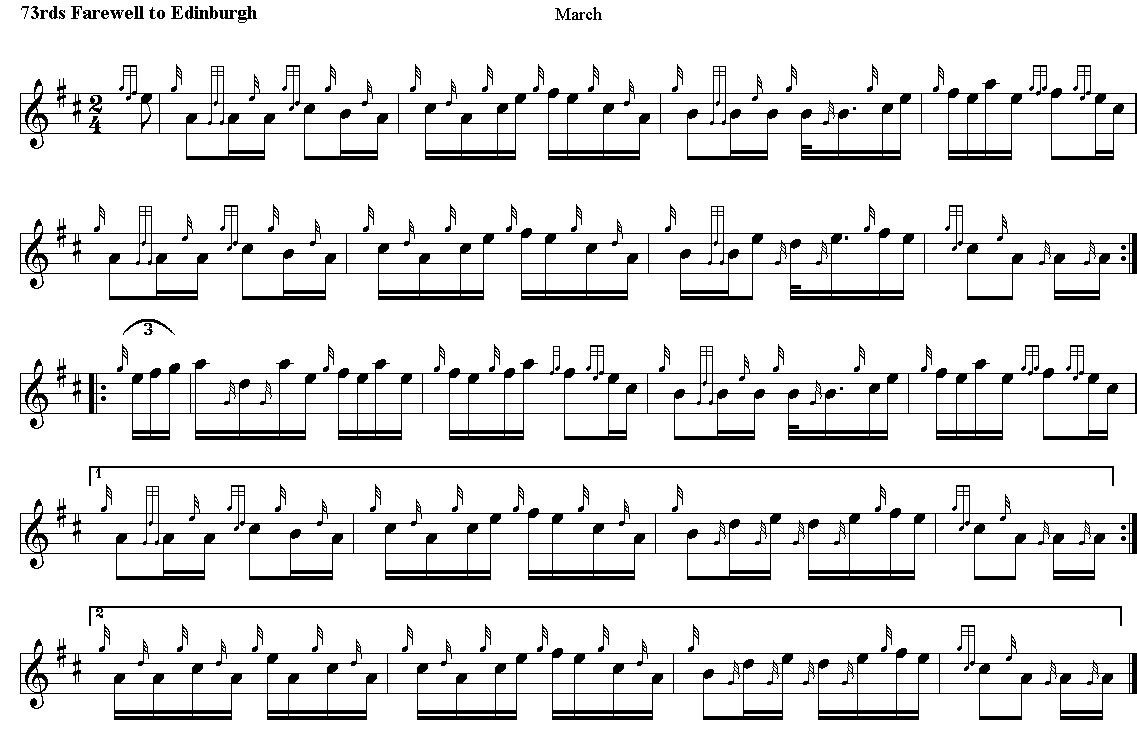 |
|

Best viewed in
|
The 73rd was raised as the 2nd Battalion, 42nd (Royal Highland) Regiment of Foot in March 1780, with eight officers from the 1st Battalion being detached to help raise the new battalion. The battalion was sent to India in January 1781 and took part in the Siege of Mangalore in autumn 1783 during the Second Anglo-Mysore War. It was still in India when the battalion received regimental status in 1786 as the 73rd (Highland) Regiment of Foot. The new regiment remained in India and saw action at the Siege of Seringapatam in 1792 during the Third Anglo-Mysore War, the Siege of Pondicherry in August 1793 during the French Revolutionary Wars and the capture of the Dutch settlements in Ceylon in 1795. It went on to form part of the storming party at the Siege of Seringapatam in April 1799 during the Fourth Anglo-Mysore War before returning to England in July 1806. In April 1809 the regiment raised a second battalion in Nottingham from local militia companies and lost its Highland status due to recruiting difficulties, becoming the 73rd Regiment of Foot. The 1st Battalion embarked at Yarmouth for a seven-month journey to New South Wales, Australia in May 1809. The battalion took part in the Second Kandyan War in Ceylon in 1815. Following the disbanding of the 2nd Battalion in 1817, some 300 of its remaining soldiers sent out to Trincomalee to join the 1st battalion. In that year the regiment took part in suppressing the Uva Rebellion, losing 412 out of approximately 1,000 men. In November 1821 the regiment returned home from Ceylon. It was posted to Gibraltar in August 1827and to Nova Scotia in April 1838. After returning to England in June 1841, the regiment succeeded in having its Highland status restored, in so far as it was re-designated The 73rd (Highland) Regiment of Foot in 1845. In January 1846, the 73rd Highlanders arrived in Argentina to project British interests during the Uruguayan Civil War. The regiment then sailed on to the Cape Colony to take part in the Seventh Xhosa War. In 1857 the regiment helped to suppress the Indian Rebellion seeing some action in Central India. In 1862 it received a new title becoming the 73rd (Perthshire) Regiment of Foot. The regiment was posted to Hong Kong in 1866, back to Ceylon in 1871 and to India in 1874. As part of the Cardwell Reforms of the 1870s, where single-battalion regiments were linked together to share a single depot and recruiting district in the United Kingdom, the 73rd was linked with the 90th Regiment of Foot (Perthshire Volunteers), and assigned to district no. 60 at Hamilton Barracks. The regiment amalgamated with the 42nd Regiment of Foot, the regiment they originated from 95 years earlier, to form the Black Watch (Royal Highlanders).
|

